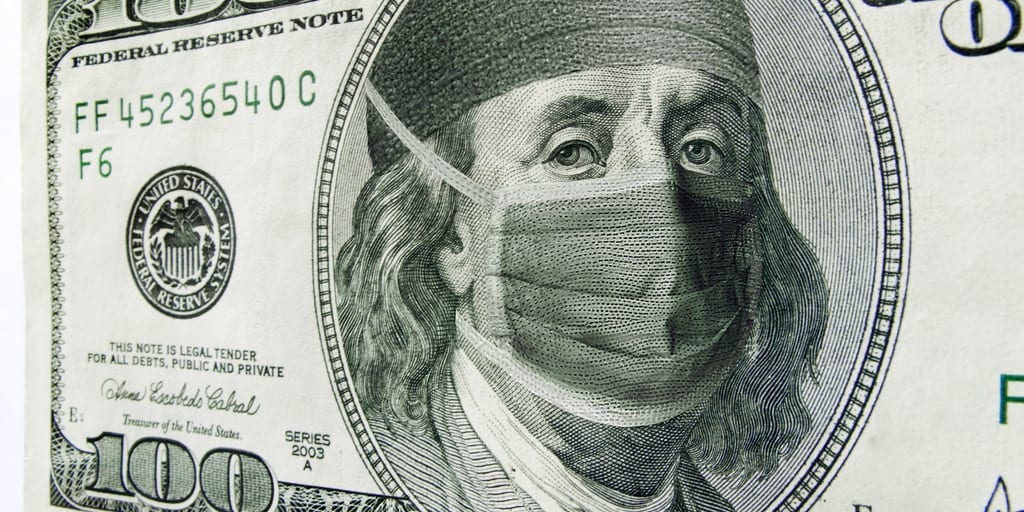 The House Ways and Means Committee approved several bills this week that would increase the allowable uses of health savings accounts (HSAs) and allow millions more Americans to utilize them.
The House Ways and Means Committee approved several bills this week that would increase the allowable uses of health savings accounts (HSAs) and allow millions more Americans to utilize them.
The Treasury Department expects the changes could double the amount of families with health savings accounts from the current level of about 13 million.
Untaxed income may be placed in an HSA and later withdrawn tax-free to pay for medical expenses. When the account holder turns 65, funds may be withdrawn for other reasons, but pay taxes on it, as with a 401(k) account.
Currently, HSAs may only be used with high deductible insurance plans, but President Trump and some Republican lawmakers support allowing any insurance plans that cover up to a relatively high percentage of health care costs to be coupled with an HSA.
Under the legislation approved by the Ways and Means Committee, the maximum allowable contribution to an HSA would almost double from the current level to $6,650 for individuals and $13,300 for families.
The legislation would also allow people buying individual-market plans outside the Affordable Care Act (ACA) marketplaces to receive ACA tax credits when they file their tax returns the following year. It would also eliminate the requirement that insurers, in order to sell plans eligible for the ACA tax credit, must offer at least one “silver” and one “gold” plan through the marketplace, allowing insurers to offer coverage while still giving consumers access to tax credits.
The legislation has not yet been scheduled for a vote by the full House.
Senator Orrin Hatch (R-UT), chairman of the Senate Finance Committee, has also introduced legislation to expand HSAs. His bill would increase the annual limit of how much a consumer can contribute to an HSA, expand eligibility to consumers in health-sharing ministries and the Medicare Part A inpatient program, and allow HSAs to be used to buy health insurance, among other things.


